Write the Tightrope: A Shortcut to Balance in Fiction Writing
Have you ever been at a party with that person who just won’t stop talking?
 Well, it’s the same thing with your writing. Fiction is built, more or less, out of four basic parts: dialogue, thoughts, actions, and descriptions. All the best fiction has a good balance of these four parts, and when you get too much or too little, bad things start to happen.
Well, it’s the same thing with your writing. Fiction is built, more or less, out of four basic parts: dialogue, thoughts, actions, and descriptions. All the best fiction has a good balance of these four parts, and when you get too much or too little, bad things start to happen.
If all your characters do is talk, your readers will stop listening. If all your characters do is move, your readers will wish for a little emotional depth. If all they do is describe things, your readers will be like, “Oh my God, his eyes were BLUE we get it already!”
This is an issue I’ve worked with a ton in my editing business, and so I eventually came up with a quicker way for my clients to analyze what balance looked like. Namely, color coding.
Assign a color to those four main elements:
Yellow – Dialogue
Green – Action
Red – Description
Blue – Thoughts
Then go through and color code at least 10 pages of your manuscript, zoom out to 25 or 50% and take a look. This sample is from the first five pages of a first draft of mine.
Okay, this isn’t a terrible balance, though it still could be better. Edging up to a little more action and a little less thought would be good, especially for an opening. That’s something I know I struggle with in openings, and is always on top of the list for the second round of revision. This exercise just confirmed what I already knew. What I didn’t know is that I could probably use a little more description throughout. Noted.
Let’s try another example.
Wow, so on page 1, that’s a lot of talking! This is where it gets important to color code more than a few pages, because we can see on page 2, the balance evens back out again. It’s okay to have a few places where you have a block of conversation, especially if it’s witty back and forth that needs to be quick and uninterrupted for maximum impact. But if it’s all dialogue all the time, that’s not a novel, that’s a screenplay.
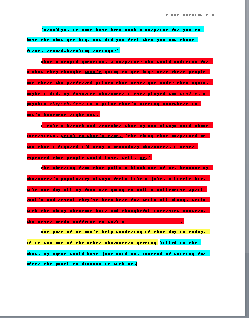 Another red flag (Yes, yes I had to make that joke) is when you see description that goes for more than a line or two at a time.
Another red flag (Yes, yes I had to make that joke) is when you see description that goes for more than a line or two at a time.
Description is like salt: it’s a wonderful thing that is best in small doses.
So do you have to balance these four elements exactly evenly? No.
That would probably make a book that looked like it was being written by an android. But if you use this tool to check back periodically, you’ll be able to see past your own biases to tell in a more objective fashion if you’re over or underusing one element to the detriment of the others.
Also, you kind of get to play coloring book in your manuscript for a while, and I’m not going to lie, that really lightens up a work day.
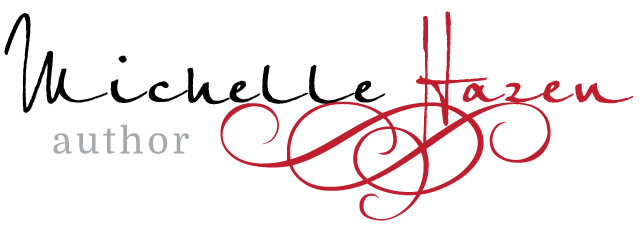
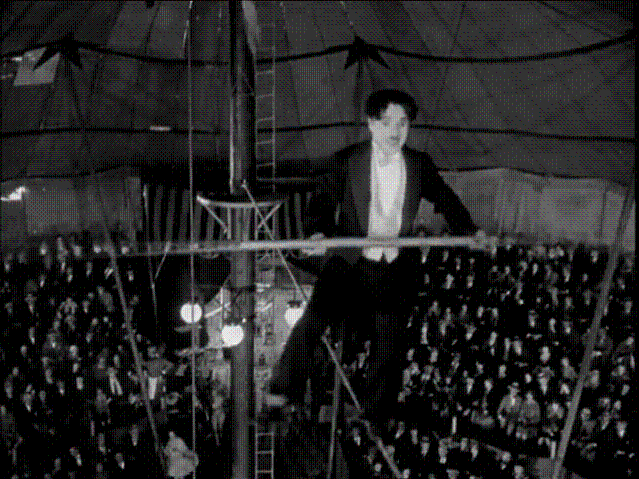













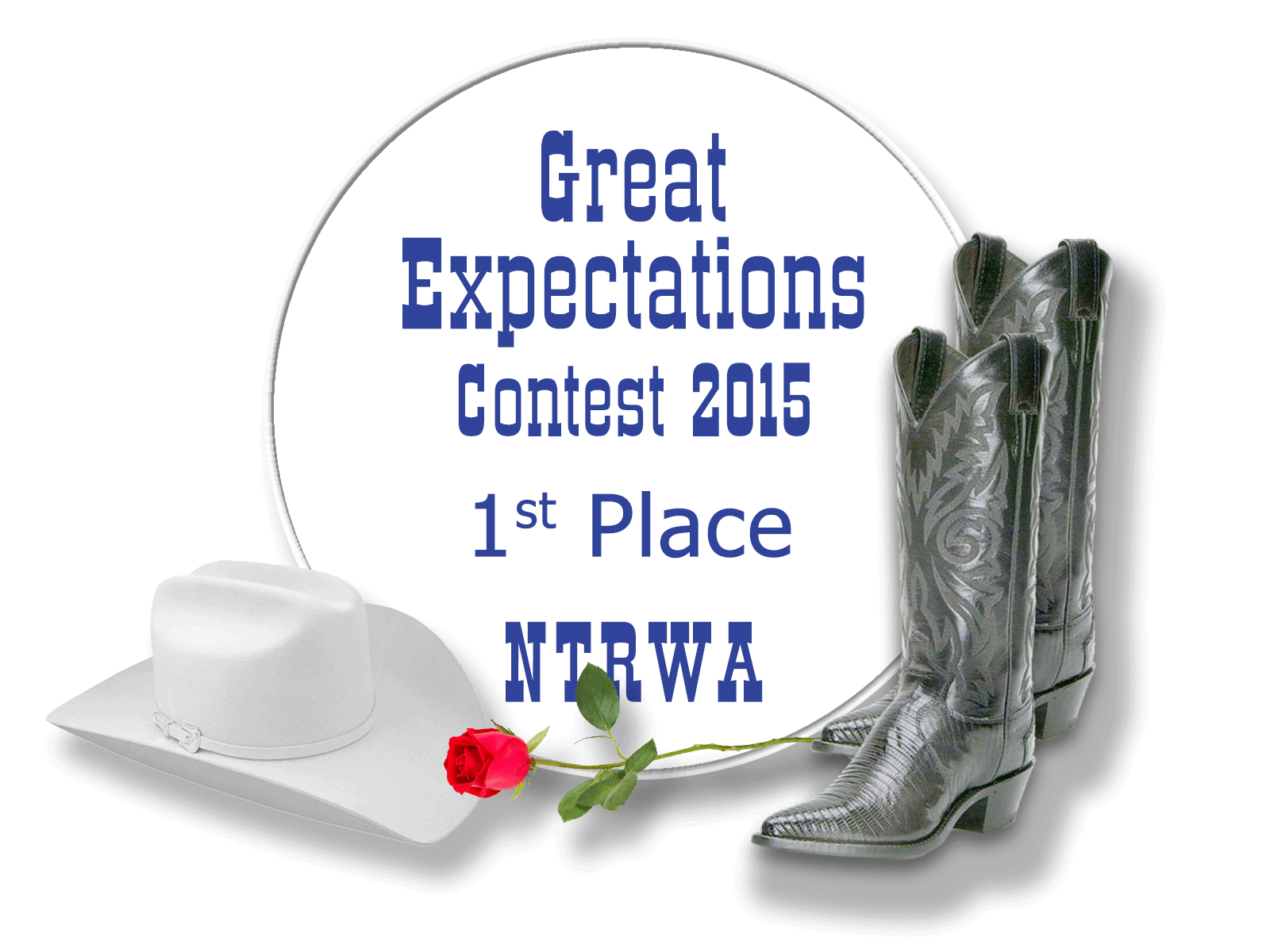


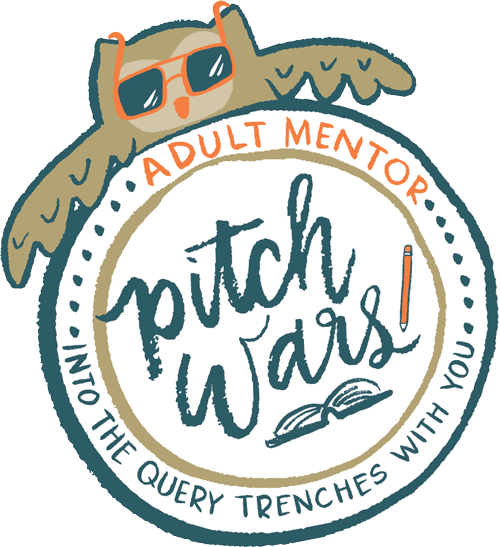
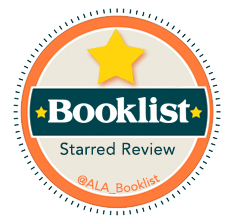
Love this! Such a great tool for tracking the balance, and I can totally see how it could help solve pacing problems. I tend to lack in descriptions, so this is definitely a tool I’ll be using in my next draft to help improve that area!
Thanks for the great post, Michelle!
Michelle, I loved this tactic!! I’ve never tried it before, but I can only imagine how unbalanced my books are on average and how enlightening this little trick would be. Thank you for sharing!
Thanks, Nicole! I’m so glad you liked it. I find it takes a nebulous problem and makes it super easy to diagnose and fix.